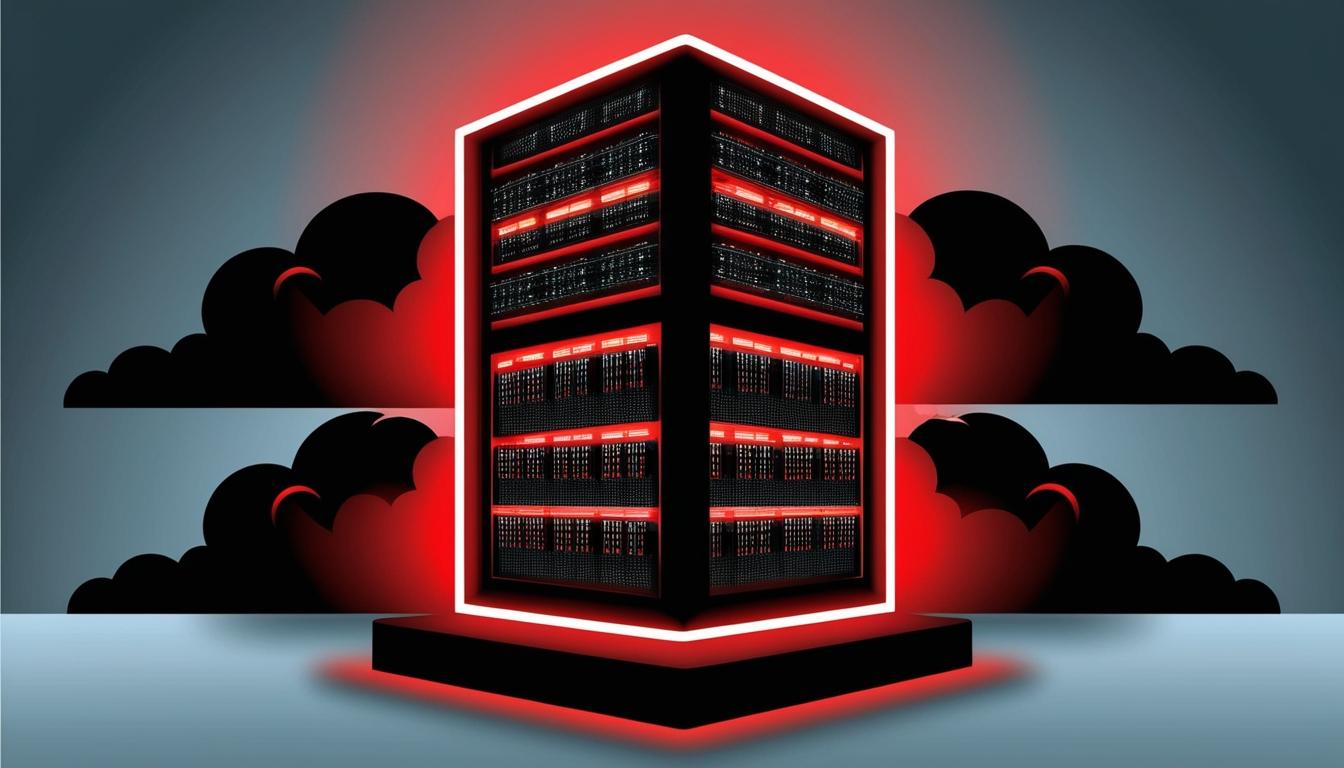In a discourse exploring the intricate dynamics of technology and its implications for infrastructure and the environment, a recent opinion column by David Colborne for The Nevada Independent delves into the multifaceted issues surrounding data centres, artificial intelligence (AI), and the burgeoning demands placed on the United States’ power infrastructure.
Colborne, who possesses nearly two decades of experience in information technology management, offers insights into the evolving landscape influenced by AI and the tech industry. He acknowledges the growing apprehensions regarding the environmental impact of data centres, particularly in relation to energy consumption. The column underlines that the outcry often extends beyond mere buildings and instead reflects broader sentiments directed at the tech sector and its prominent figures, including billionaires such as Peter Thiel and Elon Musk, whose political engagements and investment strategies contribute to societal concerns.
The author contextualises the aggressive growth of data centres, which are essential for operating the computationally intensive large language models (LLMs) integral to AI systems. Colborne cites a significant surge in investment, particularly from NVIDIA, which has seen its revenue skyrocket from $26.91 billion to $60.9 billion within two years, a trend mirrored in the data centre sector. According to CBRE, a commercial real estate services firm, North America’s data centre market expanded by 24.4% in 2024, correlating with an increased demand for energy that has profound implications for the nation’s power grid.
The Lawrence Berkeley National Laboratory recently reported that data centres now account for 4.4% of the total electricity produced in the United States each year, a striking increase compared to five years ago. Colborne posits that the historical stagnation in the growth of national electricity generation, which has only increased from 4,157 billion kilowatt-hours in 2007 to 4,178 billion in 2023, contributes to the challenges posed by new demands.
Colborne notes that public discourse often overlooks positive trends, such as the decrease in water usage per unit of energy generated, which fell by 25% from 2008 to 2020. Interestingly, a recent study from the University of California, Riverside, revealed that tech giants Google, Microsoft, and Meta accounted for only 0.33% of the total water withdrawn in the U.S. in 2022. This consumption stems predominantly from “scope-2” water usage linked to power generation, underscoring the connections between energy production techniques and environmental sustainability.
However, the discussion does not merely centre on the present growth of data centres; it also points towards a potentially stabilising future. Colborne references discourse among AI developers about reaching “peak data,” a point at which the expansive data underpinnings of LLMs may plateau. This transition could occur between 2026 and 2032, subject to the developments of several ongoing copyright lawsuits against AI companies.
Beyond advancements in AI, Colborne articulates another shift in business practises as companies increasingly migrate workloads back to on-premises systems or to private clouds, thus utilising existing infrastructure more efficiently. This trend reflects a response to escalating costs associated with public cloud services.
Despite concerns over the limits of Moore’s Law, which historically enabled exponential growth in computing power, there is still significant potential for efficiency improvements in both hardware and software. The need for additional data centres may soon diminish as companies exhaust the justifications for their rapid construction, as suggested by ongoing improvements in computing technologies.
Colborne concludes that there's a need for proactive planning concerning data centre infrastructure in light of growing demands, especially as the energy landscape continues to evolve towards more sustainable sources. The ongoing viability of tax incentives for data centre construction also warrants closer scrutiny to ensure equitable market conditions.
This examination underscores not just the implications of data centres and AI on energy consumption and environmental considerations but also the evolving relationship between technological advancements and longstanding infrastructure. It highlights the interconnectedness of energy generation, data management, and public policy, thus providing readers with a comprehensive understanding of the complexities involved in current and future tech trends.
Source: Noah Wire Services
